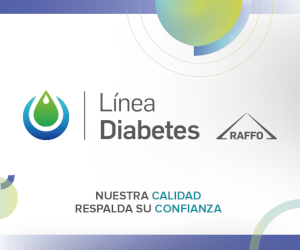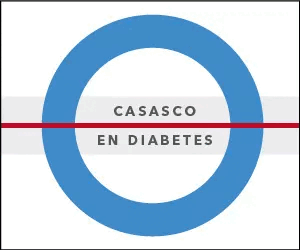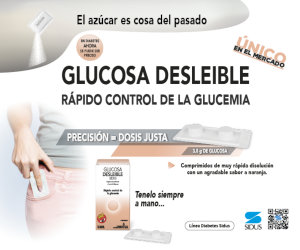Heterogeneity at diagnosis
Keywords:
gestational diabetesAbstract
Gestational diabetes emerges in the context of pregnancy, in most cases, during the last trimester in which insulin sensitivity decreases between 40 and 60% due to the physiological changes inherent to pregnancy. However, there are some pregnant women who have hyperglycemia in the first trimester, which raises the question of whether it is a previously undiagnosed prediabetes or diabetes or a diabetes that begins during pregnancy.
The development of gestational diabetes is associated with the interaction of genetic, epigenetic and environmental factors whose clinical manifestation is hyperglycemia. The most important genetic factors are represented by the genes that affect the function of the pancreatic beta cell and, as a consequence, the secretion of insulin. There are also epigenetic mechanisms involved, such as modification of histones and non-coding RNA that contribute to altering the carbohydrate metabolism, leading to the development of gestational diabetes. Environmental factors such as obesity, previous insulin resistance and a sedentary lifestyle are determinants in the development of gestational diabetes.
From the etiopathogenic point of view, it is a heterogeneous group with a common denominator, which is hyperglycemia. Most of them share phenotypic characteristics and risk factors with type 2 diabetes. However, there are other pregnant women who also make up this population whose etiopathogenesis is similar to type 1 diabetes, LADA (Latent Autoimmune Diabetes in Adults) or monogenic diabetes (MODY). In most cases, there are diagnostic elements that guide us to establish the etiopathogenesis; such as the patient's phenotype, certain biochemical parameters and also family history. Precision medicine applied to gestational diabetes minimizes errors and contributes to making better decisions, which are considered of utmost importance for the future of the mother-child binomial.
References
I. Powe CE, et al. Defining heterogeneity among women with gestational diabetes mellitus.- Diabetes 2020;69:2064-207
II. Ustianowski L, et al. Genetic and epigenetic factors in gestational diabetes mellitus pathology. Int J Mol Sci 2023,24:16619
Downloads
Published
How to Cite
Issue
Section
License
Copyright (c) 2024 on behalf of the authors. Reproduction rights: Argentine Society of Diabetes

This work is licensed under a Creative Commons Attribution-NonCommercial-NoDerivatives 4.0 International License.
Dirección Nacional de Derecho de Autor, Exp. N° 5.333.129. Instituto Nacional de la Propiedad Industrial, Marca «Revista de la Sociedad Argentina de Diabetes - Asociación Civil» N° de concesión 2.605.405 y N° de disposición 1.404/13.
La Revista de la SAD está licenciada bajo Licencia Creative Commons Atribución – No Comercial – Sin Obra Derivada 4.0 Internacional.
Por otra parte, la Revista SAD permite que los autores mantengan los derechos de autor sin restricciones.





































